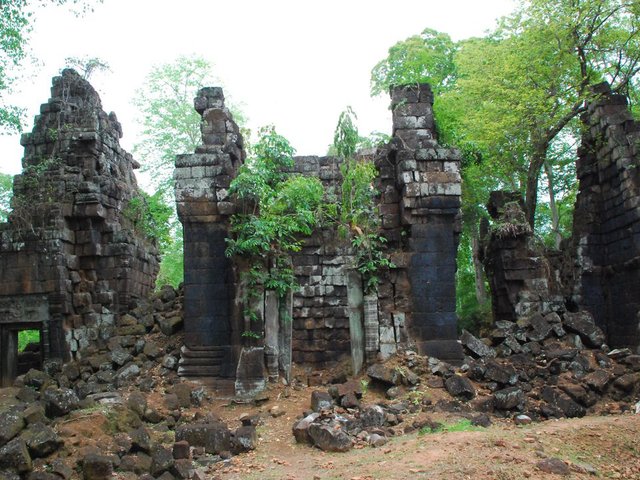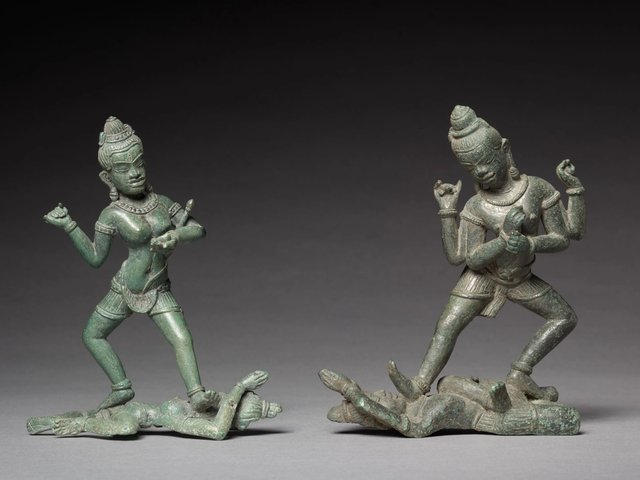The Denver Art Museum has returned a tenth-century statue of the warrior god Rama to its native Cambodia, where it was removed from the Prasat Chen temple complex in Koh Ker, the capital of the Khmer kingdom, more than 40 years ago during the civil war there.
A spokeswoman for the museum confirmed on Friday, 26 February, that the work had arrived in Cambodia. “As part of our own collections research, the Denver Art Museum contacted our museum colleagues in Cambodia to gather more facts on the Torso of Rama piece in the museum’s collection,” the museum's director, Christoph Heinrich, said in a statement. “We were recently provided with verifiable evidence that was not available to us at the time of acquisition, and immediately began taking all appropriate steps to deaccession the object and prepare it for its return home. In addition to our return of this piece, during this process we have crafted a collaborative relationship with our Cambodian colleagues, and are looking forward to developing cooperative projects and programs that will benefit museum goers and collections in Denver and Phnom Penh.”
The sandstone sculpture, missing its head, arms and feet, was acquired by the Denver Art Museum in 1986 from the Doris Weiner Gallery in New York. On display in the museum's Asian galleries until December, it was the last of piece from the Prasat Chen temple to be held by a US public collection. In 2013, the Metropolitan Museum of Art returned two statues from the same temple to Cambodia, as did Christie’s, Sotheby’s and the Norton Simon Museum. Last year, the Cleveland Museum returned a monkey god figure.
The Cambodian Secretary of State Chan Tani said: “The voluntary return of the statue demonstrates the museum’s sensitivity to the importance of Koh Ker era to the Cambodian culture. The return also highlights the serious looting in the past that had occurred in our country and the government’s efforts to repatriate those artefacts that left the country illegally which are parts of our soul as a nation.”
Repatriation efforts for artefacts looted by the Khmer Rouge during civil war have been largely successful. The National Museum of Cambodia estimates that some 97 of the country's artefacts have been repatriated from the US to Cambodia over the past 20 years. Only three statues remain unaccounted for at Koh Ker. These are thought to be in the hands of private collectors.
• This article was updated Friday, 26 February, following the confirmation that the Torso of Rama had arrived in Cambodia.




